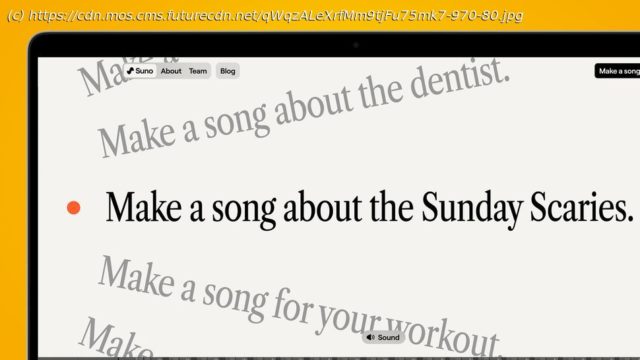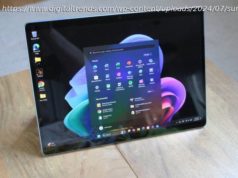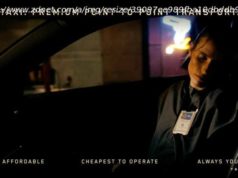It’s time to stage-dive into AI song generators
Since ChatGPT burst onto the scene in November 2022 we’ve seen generative AI make some some startlingly human-like artistic creations – and the latest tool to go viral is Suno, an AI-powered song generator.
We’ve seen AI music generators before, from Adobe’s Project Music GenAI to YouTube’s Dream Track and Voicify AI (now Jammable). But the difference with Suno is that it can create everything, from song lyrics to vocals and instrumentation, from a simple prompt. You can even steer it towards the precise genre you want, from Delta Blues to electronic chillwave.
In Suno’s new V3 model, you can now create full two-minute songs with a free account. The results can be varied, depending on which genre you choose, but Suno is capable of some seriously impressive results.
But how exactly does Suno work, who actually owns the rights to its generated music, and how can you start making your own robo-rock? We’ve answered all of this and more so you can stage-dive into the strange world of AI-generated music… What is Suno?
Suno is a web-based, text-to-music generator that can whip up full songs in seconds from a simple text prompt. For example, tell it to make a ‘psychedelic UK garage song about a friend with a Nokia obsession’, and you’ll get a couple of two-minute songs complete with vocals, instrumentation, lyrics, a song title and even artwork.
This is all possible with the free version of Suno, although those accounts naturally come with limitations. You get a maximum of 50 credits per day, which is enough for ten songs. You also can’t use the songs commercially with a free account, so it’s very much for dabbling and or writing songs for your dog.
Shell out for the Pro plan ($8 a month, around £6.30 / AU$12.20) and you get enough credits to generate 500 songs a day. You can also use the songs commercially, for example on YouTube or even uploading them to Spotify or Apple Music.
The Premier Plan ($24 a month, around £20 / AU$38) bumps your limit up to 2,000 songs a day, which makes Bob Dylan look positively lazy. But whichever plan you’re on, you get access to all of Suno’s tools – including a ‘custom’ mode where you write your own lyrics and an ‘instrumental’ mode for crafting some new work music.How does Suno work?
Like most generative AI tools, the precise mechanics of how Suno works are a little hazy. It isn’t yet clear what data or music the tool has been trained on – we asked Suno for clarification on this and are yet to hear back.
But more broadly, Suno works in a similar way to large language models (LLMs) like ChatGPT. Lots of training data (which in Suno’s case, includes recordings of speech) help it construct original songs and lyrics based on your prompts. With text, LLMs typically work by predicting what words are most likely to come next in a given sequence, but this is far more challenging for music.
This is why Suno also uses so-called diffusion models (which power the likes of Midjourney) alongside transformer models. In an interview with Lightspeed Venture Partners Suno’s CEO and Co-Founder, Mikey Shulman, said: “Not all audio is done with transformers, there’s a lot of audio that’s done with diffusion – and these two methods have pros and cons”.






